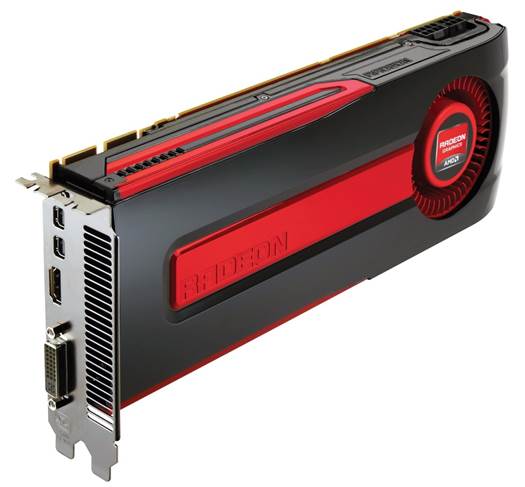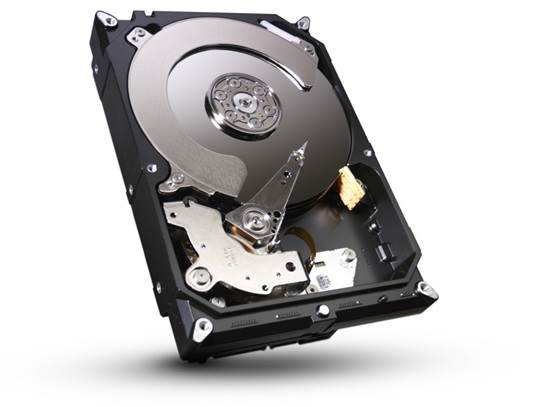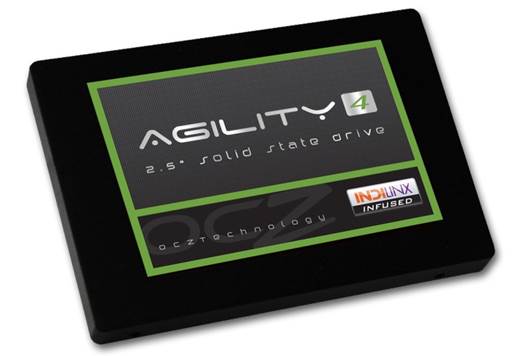$321+ Graphics Cards
Remember how we said the Radeon HD 7870 was
competing with cards above its grade? Well, in that sense, it’s a good value
purchase for the $321 level, not least because it costs $289. That said, it
benchmarks some 400 points lower than the nearest current-gen competition so,
while it’s too powerful to be good value for a mid-range card, it’s not
powerful enough to be a viable alternative to high-end cards.

AMD’s
Radeon 7950 wins out as the best value graphics card at over $320
Luckily for Radeon, the best value card
over $321 turns out to be the Radeon HD 7950, which is a 3GB card running at
1.4GHz far more convincing than the HD 7870, which was 2GB running at 1GHz. At
$337 it’s only a shade more expensive than a mid-range card, but once you get
beyond it, each pound nets you diminishing amounts of additional power.
GeForce’s GTX 660 Ti and GTX 670 come second and third, while the Radeon HD
7970 and GTX 680 (both over $481) are strictly for people who care more about
actual speeds than cost-effective use of a budget.
FINAL RECOMMENDATION: Radeon HD 7950
Storage
One thing everyone cares about is making
sure their system has enough space. When you’re investing in storage
components, you’re looking for two primary qualities: access speeds and
capacity. The problem with trying to decide which storage component is the best
value for both of these criteria is that there’s a huge gulf between
high-capacity, low-speed mechanical drives and low-capacity, high-speed SSDs.
There’s a yawning gulf between the two in terms of good value components,
because high-speed mechanical drive solutions are costly, and so are
high-capacity SSDs.
You might be tempted to think that the
answer lies in hybrid technologies, but you’d be wrong. Hybrid drives, as well
as being prone to faults, have mostly proven that combining two technologies
doesn’t mean you automatically get the best of both worlds - sometimes you get
the worst of both worlds instead.
With that in mind, we’ve taken the only
sensible route and split this section into SSDs and HDDs. We’ll point you at
the right models, but you’ll have to decide whether you’re looking for speed or
capacity (but hey, why not buy one of each so that you can really experience
the best storage has to offer?)
Mechanical Hard Drives (HDDs)
Sussing out the cheapest mechanical Hard
Drive isn’t difficult. When looking for a standard 3.5” internal drive, Seagate
consistently offer some of the lower prices, but most manufacturers are only a
few pounds more expensive to the point where there’s little point quibbling
over who actually made the drive. There are no particularly big problems with
reliability or compatibility from any big-name manufacturer, and all modern
drives support SA TA-III (6GB/s) and run their platters at the same speed -
7200rpm. Specialist hardware with faster access is available, but it’s not
worth the extra expense if you don’t have specialist needs, so we can simply
disregard it for this test. Which leaves us with one question left to answer:
what capacity offers the best value to the consumer?

3TB
drives like this Seagate are the current sweet-spot for hard drive value
500GB hard drives are more or less the
cheapest you can currently buy, and they’re available for around $64 each if
you shop about. At that price, you get roughly 12.5GB for each pound you spend.
One terabyte drives (1024GB) are easy to
find priced around $96 (17GB per pound), but Seagate has more or less destroyed
the competition at this price/capacity range. They currently offer a 1.5TB
Barracuda for $88, which is a massive 27.9GB per pound. Whether this is a
limited time or end-of-line offer isn’t clear, but it’s available at virtually
every online store and is immensely good value.
However, that’s only worth going for if you
don’t want to spend more than $88. If you can stretch a further $32, then there
are two terabyte (2048GB) hard drives on the market for just $117, which breaks
down as an even more impressive 28.1GB. That’s still not the best value,
though! If you buy a 3TB drive (3072GB) you’ll pay as little as $155, which
gets you a colossal 31.6GB for every pound you spend. Frankly, that’s amazing
value.
Once you go beyond that point, the
economics break down, and a 4TB (4096GB) drive will cost $256, netting you a
poor value 25.6 GB for each pound you spend. The message here, then, is easy to
interpret: whichever brand you look at, the closer you can get to 3TB without
going over, the better value your hard drive purchase will be.
FINAL RECOMMENDATION: Seagate Barracuda 3TB
(ST3000DM001)
Solid State Drives (SSDs)
In terms of upgrades, Solid State Drives
can offer a substantial boost to the performance of any system; you may be
amazed what a bottleneck a mechanical hard drive can be. Although they still
represent relatively new technology, solid state drives are plummeting in price
and seem set to conquer the industry within a couple of years. So what’s the
best value one out there at the moment?
Manufacturers aren’t a significant concern
any big name producer will offer hardware that works broadly as well as its
competitors, not least because they all use similar controllers (i.e.
Sandforce). The exception to this rule is the OCZ Vector - the first SSD made
solely by OCZ, and widely recognised as the industry’s fastest.

Whether
you want an SSD won’t just be dictated by iPound for pound value
With several generations of hardware to
choose from, and the price of the storage space itself at a premium, there are
a number of other, more significant, factors that make the price of SSD drives
differ. The most expensive are actually some of the smallest, capacity-wise. At
their cheapest level (32GB) solid state storage will cost you around 1GB per
pound. Worse still, many smaller drives are holdovers, which means they only
run SATA-II a data transfer technology that can be maxed out by most SSDs.
Since speed is why we want an SSD, high-performance SATA-III drives are the
ones to go for.
That said, there are bargains to be found
by opting for SATA-II. The OCZ Vertex Plus 240GB (a SATA-II drive) costs only
$160 (or 2.4GB per pound) - not bad, if you can put up with transfer speeds
roughly half that of the SATA-III alternatives (but also half as expensive
SATA-III drives fetch $160 for 120GB, or 1.2GB per pound).
The sweet spot for SSD capacity at the
moment appears to be 256GB - at that level, SATA-III drives cost around $224
(1.8GB per pound), slightly better value than the highest capacity 512GB SA
TA-III drives, which are priced $481-$642 as little as 1.7GB per pound. Still,
the inconvenience of smaller capacities means it’s probably not worth buying a
256GB model purely to save money, and don’t feel bad if you can’t afford more.
As it is, the best deals right now are
actually available on OCZ’s slightly older lines. The release of the OCZ Vector
means the company is selling through its last-generation stock at lower prices.
OCZ’s Pre-Vector stock is split into two main lines – the Agility and the
Vertex and while the latter is slightly quicker, it’s not the sort of speed
home users would necessarily notice.
So in the end, the most competitively
priced SSDs are the 512GB OCZ Agility 4 ($481) and the 256GB Agility 4 ($232),
both of which get you 1.7GB for each pound spent, both with high SATA-III data
rates. Be warned, though – if you pay extra to get a Vertex 4 (of either
capacity) there’s only a very slight difference in value between those lines
and the latest Vector drives so if you think you can stretch to a Vertex, we
recommend you stretch that inch further and get a Vector instead.
FINAL RECOMMENDATION: OCZ Agility 4 (256GB
or 512GB)